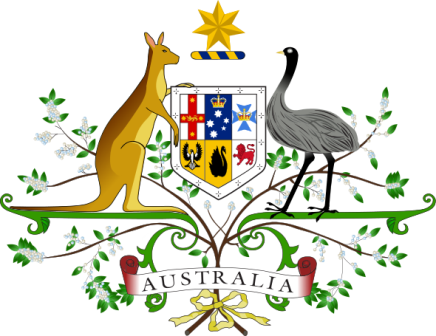budget breakdown: what does the 2013 federal budget mean for you?

Wow, what a week! I don’t know about you, but I’m only just beginning to recover from the madness and excitement of this year’s federal budget. As we tear down the streamers and clear the empty bottles, we can start to piece together our patchy memories and reflect on the week’s giddy highlights as well as its embarrassing faux pas.
Festivities kicked off on Wednesday night with MC Wayne “The Treasurer” Swan behind the mic, spitting some sick rhymes about investments and funding and stuff. What a legend!
Unfortunately it wasn’t all good news from Wayne. Although he did his best to emphasise the strength of Australia’s national economy, he brought the mood down by constantly reminding everyone that there’s not a heap of spare cash lying around and that we couldn’t expect the usual election year money shower. Bummer!
Anyway, here’s a quick wrap up of this year’s budget and what it means for YOU*
*Not necessarily you.
First things first, Australia’s economy is in pretty good nick. According to the Treasurer, it’s currently 13% larger than it was prior to the global financial crisis and Australia is one of only eight countries to hold a Triple A credit rating from the three main global credit rating agencies. Despite this, the government has backed itself into a corner by prioritising a return to surplus, a goal which it has already been forced to postpone due to falling revenue ($17 billion this year and a projected $20 billion loss next year). This means the 2013 budget was a fairly sober, belt-tightening kind of affair.
Families
- The headline cut in this year’s budget is the scrapping of the baby bonus payments to families. These payments were introduced under the Howard government to encourage population growth and netted families $5000 per child. The new changes are projected to save the treasury $1.1 billion over five years.
- Under Labor’s plan, new mothers will receive $2000 for their first child and $1000 for subsequent children in accordance with the Family Tax Benefit Part A (FTB-A). This means single-child families earning over $107,000, or those with multiple children earning up to $118,000, will go without taxpayer assistance.
- Of the 48,000 families who will now miss out on the expected baby bonus, 20,000 will be eligible for paid parental leave, with budget changes making it easier for mothers to have a second child before returning to work.
- Those whose income disqualifies them from FTB-A, or who weren’t already working before giving birth, will miss out on both.
- The childcare rebate will be frozen against inflation at $7500 meaning families will miss out on up to $717 that might have come as a result of indexation. Whilst the rebate limit has been frozen, child care costs are expected to rise due to a wage rise for childcare workers that will be funded by the government, but only until 2014-15.
Women in Business
- $4.3 million will be invested over the next five years in the government’s BoardLinks program to encourage greater gender diversity on the boards of Australian companies. Currently just 15.7% of ASX200 company board positions are held by women.
Disability and Health
- This year’s budget includes $14.3 billion of new funding for Disability Care Australia, a national disability insurance scheme that will improve support services for Australians living with disabilities. The program will be funded by a 0.5% increase to the Medicare Levy from 1 July 2014.
- $226 million has been set aside to help fight cancer, including $55.7 million for breast cancer research and $18.5 million for research into prostate cancer.
Education
- The federal government has made education reform a centrepiece of this year’s budget, allocating an extra $9.8 billion for a new needs-based funding model for primary and secondary schools.
- An additional $97 million dollars is set to fund an increase in Commonwealth-supported places at universities and $186 million will go towards university research infrastructure.
- On the other hand, the federal government will strip $2.8 billion from Australia’s universities in order to pay for its schools funding plan.
- These cuts include scrapping discounts for up-front payment of HECS fees and removing $900 million of government funding for universities. It will be left up to universities to decide how to cope with the loss of cash, but it is expected that for many institutions it will result in job cuts and increasing class sizes.
International Aid
- Australia’s Official Development Aid (ODA) will increase by $513.4 million on last year to $5.7 billion in 2013-14, or 0.37% of the Gross National Income (GNI).
- $9.5 million will go to UN Women, the Unite Nations Entity for Gender Equality and the Empowerment of Women.
- Australia will defer until 2017-18 its commitment to the UN Millennium Development Goal of increasing foreign aid to 0.5% of GNI
This year’s budget certainly wasn’t the most extravagant in history, but hey, they can’t all be zingers, and all in all it was a fairly decent affair. Bring on the 2014-15 budget, I say!


What about the environment? Did the federal government forget about it this year?
LipMag – making politics a party!! 🙂
I ripped my loins apart after reading about the baby bonus cuts.